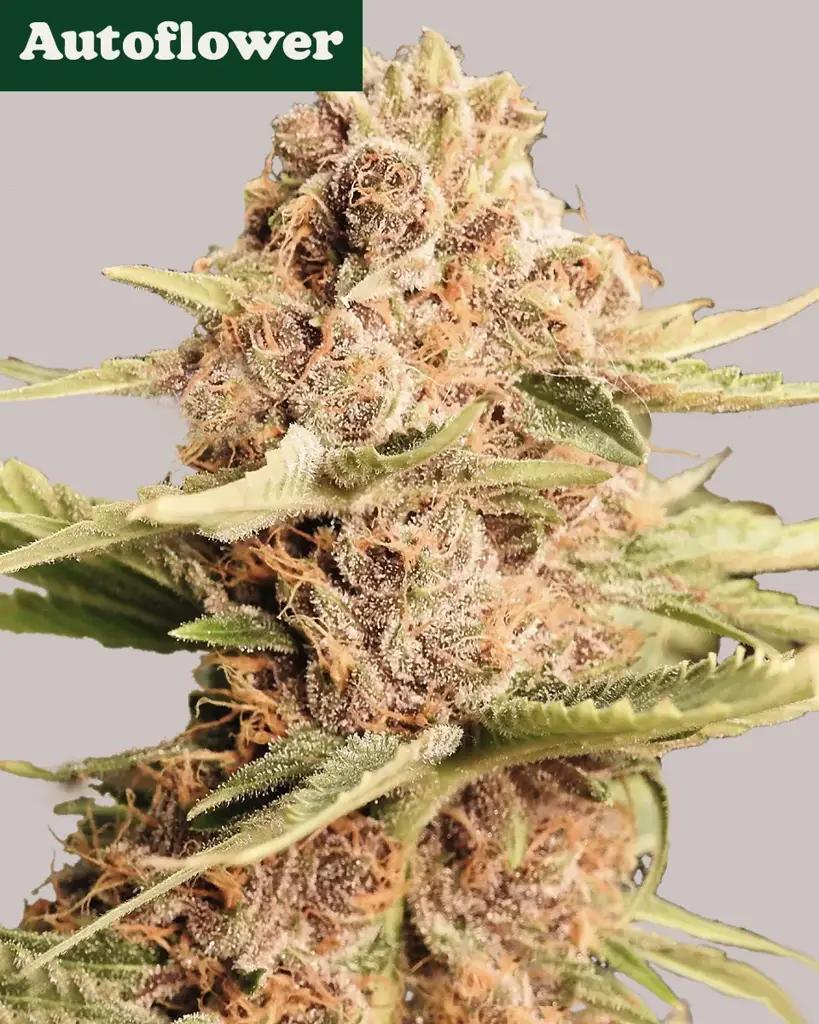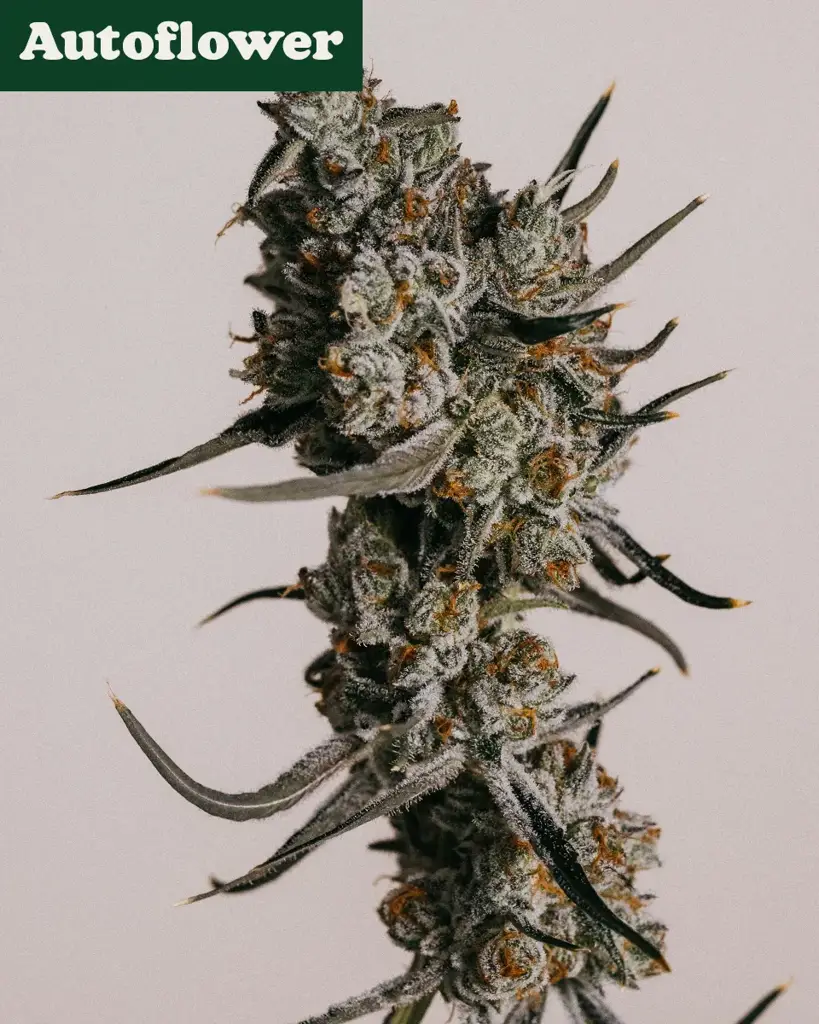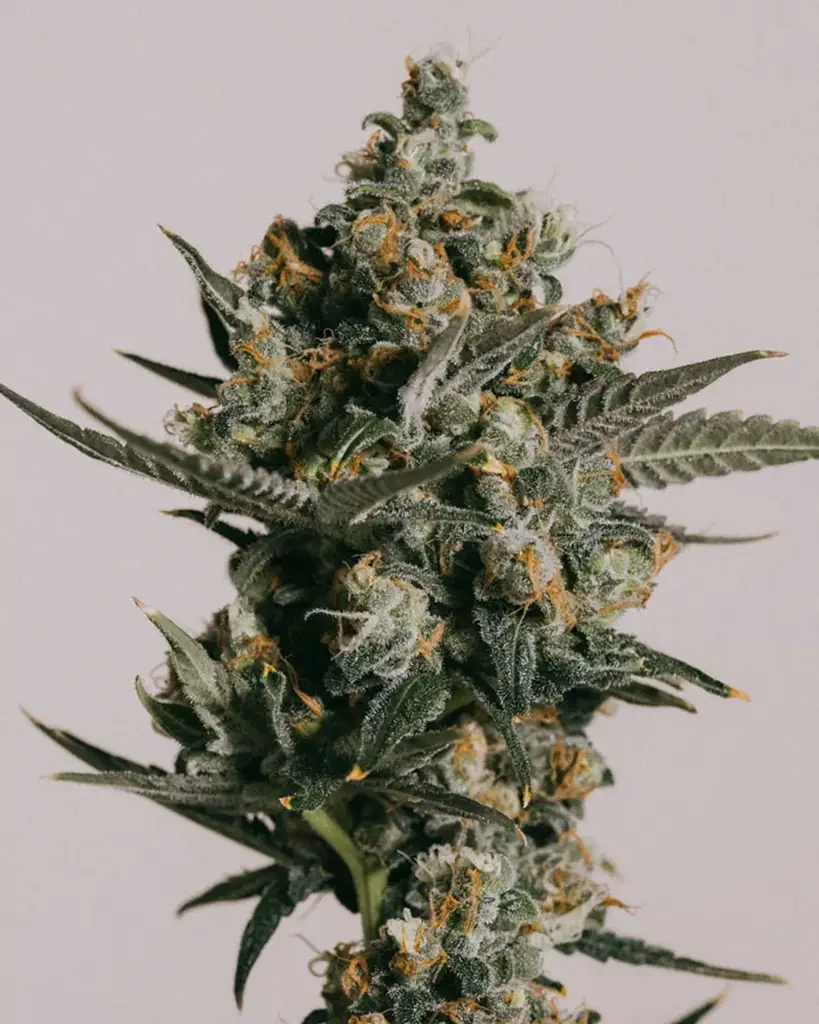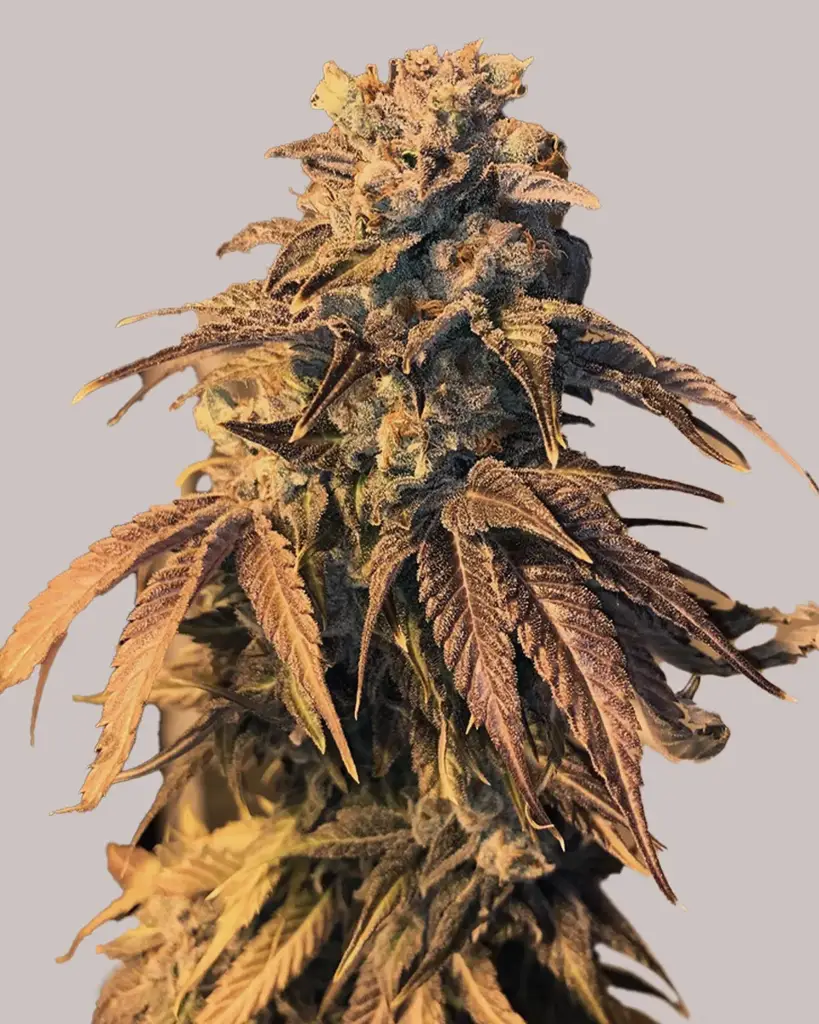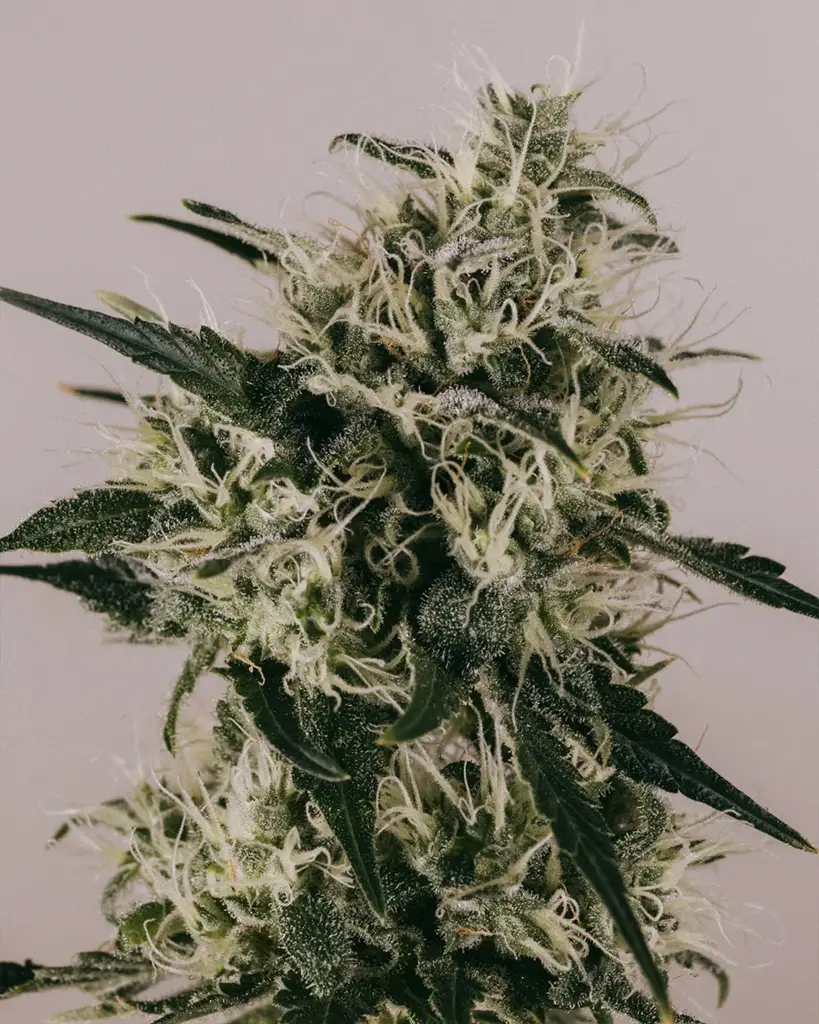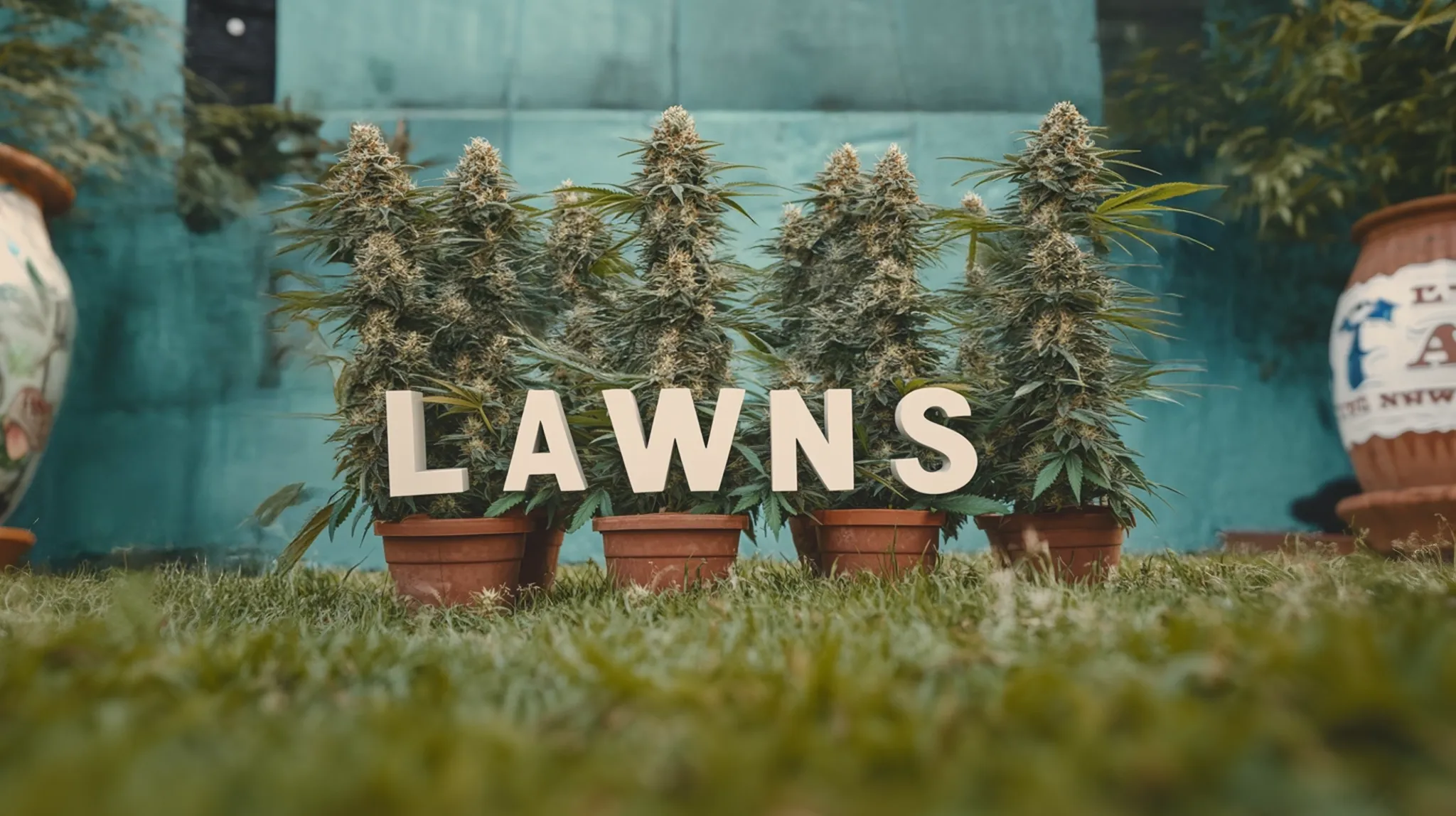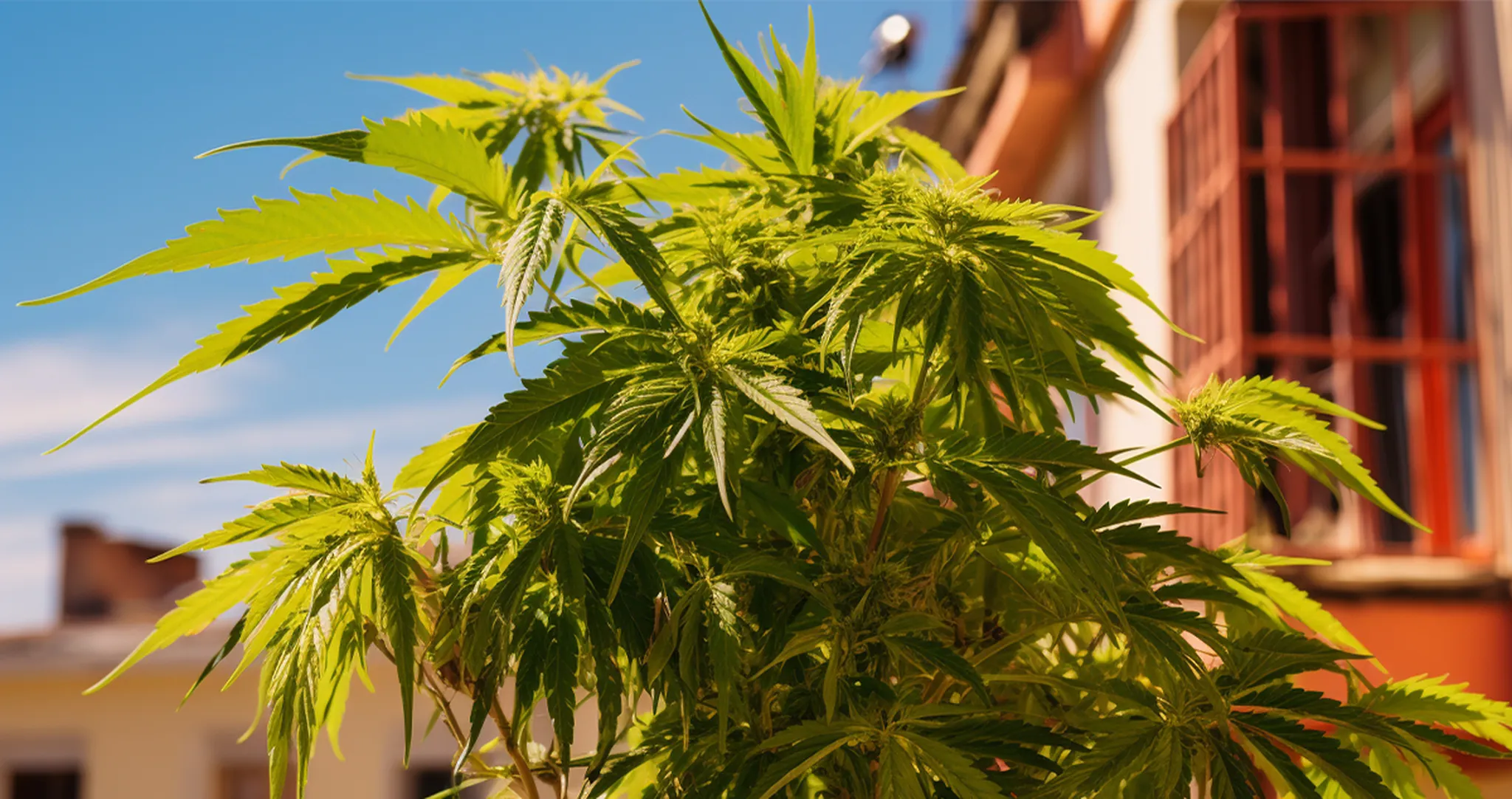
Beginner's Guide to Cannabis Grow Light Distance
A cannabis grow light is one of the larger investments a home grower will make. You probably spent considerable time debating which grow light was the best for you and your budget. You excitedly unboxed the grow light when it arrived and promptly hung it in the grow tent, but now what?
Table of contents
You may be asking yourself: How high should I hang my LED grow lights? How far should my light be from my weed plant? And at the different growth stages? What is the right setting on the dimmer? By the end of this article, you will be able to confidently answer those questions and more. Learning the basics of grow lights is simple, so let’s get started.
Our Bestsellers
Understanding Cannabis Grow Lights
There are two main lighting systems used for growing cannabis indoors and mimicking cannabis’s natural light schedules. LED grow lights dominate the current market. LED grow lights have many advantages over the older high-intensity discharge (HID) systems. HID systems use two types of bulbs, metal halide (MH) and high-pressure sodium (HPS).
MH lights were mainly used in the vegetative stage because they have more blue coloring. HPS was used in flowering for its elevated red spectrum. HID bulbs emit radiation in the form of heat, which is directed by reflective hoods down at the plants. Growers had to deal with this extra heat by using additional equipment like air conditioning. Dimming the bulbs was not a good option because doing so would affect the color spectrum of HID lights.
CFL bulbs and T5 fluorescent bulbs also had their place in the early days of home cannabis cultivation. CFL bulbs, unlike the MH or HPS bulbs, could be plugged directly into an ordinary light socket, which made this lighting style more appealing to growers on a budget. Ultimately, the amount of plant available light from these bulbs was low, which meant you had to use more of them to get better growth. More bulbs meant more heat and higher power bills.
LED grow light technology has rapidly become the most efficient way of lighting your cannabis grow. Ten years ago, the price of LED grow lights were out of the price range for many home growers, and that made HID systems more attractive. Nowadays however, high-quality LED grow lights are more affordable and more energy efficient than ever, which saves you money each month on the power bill.
LED grow lights have many advantages:
Energy efficient
Lower heat signature
Longer lasting (no expensive bulbs to replace every 6 months)
Can be dimmed
Better color spectrum for plant growth
Can be used from seed to harvest
Increased canopy coverage
PAR and PPFD Explained: Why They Matter for LED Grow Lights

There are a number of ways to measure light. When relating light to how bright our eyes perceive it, we speak in Lumens. Lumens are for humans. However, plants see light as PPFD, but only if it is within the PAR range. Sound complicated? Let me demonstrate to you how easy it can be to understand the basics of lighting.
There are three key lighting terms you need to know;
PAR - Photosynthetic Active Radiation (PAR) is the wavelengths of light in the visible range (to humans) between 400-700 nanometers. Plants use light in this range to drive photosynthesis.

PPFD - Photosynthetic photon flux density (PPFD) is the amount of usable light that the plant receives. Not every watt of energy from the wall is converted to usable light, which is why PPFD is more accurate than wattage when it comes to judging a light's effectiveness. LED lights can be the most efficient light source per watt.
DLI - Daily Light Integral is the amount of usable light (PPFD) a plant receives in a day. Cannabis has a desired DLI for each stage of growth.

All three of these things can be measured using expensive tools. Or, for people on a budget like us, we can use an app called Photone along with the special light diffuser to get accurate measurements.
Indoor Grow?
Recommended LED Light Distances by Cannabis Growth Stage
Not every grower has access to the tools that calculate the three terms mentioned above, so today we will use something that we all have access to, measuring distance. As the plant grows, we want to deliver more PPFD to the canopy, which can be achieved by adjusting the LED grow light distance. The amount of PPFD delivered to the canopy can also be adjusted using a dimmer on the grow light.
Most cannabis specific LED grow light companies will have a LED grow light distance chart published on their website.
| Seedling | Vegetative | Flowering | |
|---|---|---|---|
| 100 w | 24” @ 90% | 12” @ 100% | 8-10” @ 100% |
| 200 w | 24” @ 45% | 14” @ 100% | 10-12” @ 100% |
| 300 w | 24” @ 30% | 16” @ 100% | 12-14” @ 100% |
| 600 w | 24” @ 15% | 18-20” @ 80% | 14-16” @ 100% |
| 1000 w | 36” @ 10% | 20-24” @ 70% | 18-22” @ 100% |
| 2000 w | XX | XX | XX |
CFL Distances for Cannabis
The seedling stage is the most light-sensitive growth stage for cannabis, and due to the low intensity of CFL bulbs, they make a good option for germinating your seeds and raising the seedlings. CFL bulbs have the advantage of being readily found and can be purchased without raising suspicions of a cannabis grow. Unfortunately, only the very high wattage bulbs provide enough PPFD in the cannabis vegetative stage and flowering stage to produce meaningful yields.
CFL bulbs use Kelvin to represent color. 5000K - 6500K is often used for veg, and 2700K - 3200K for flowering.
| Seedling | Vegetative | Flowering | |
|---|---|---|---|
| 13 w | 3”-5” | Not effective* | Not effective* |
| 26 w | 4”-6” | Not effective* | Not effective* |
| 125 w | 6”-10” | 4”-8” | 4”-6” |
| 250 w | 8”-12” | 6”-10” | 4”-8” |
| 1000 w | XX | XX | XX |
| 2000 w | XX | XX | XX |
*Used as a singular bulb, these lights perform below the minimum requirements for vigorous plant growth.
HPS Distances for Cannabis
Dimming HID systems using MH or HPS bulbs will negatively affect the color spectrum that the plant uses to drive growth. These systems burn a gas inside the bulb to create the light. When the temperature is lowered (dimmed), the gas burns a slightly different color. HID lighting should be used at 100% power. That leaves the only form of light-intensity and heat control to the hanging height. Take caution with seedlings.
HID bulbs should be replaced every 6-8 months to maintain a consistent PPFD and color spectrum.
| Seedling | Vegetative | Flowering | |
|---|---|---|---|
| 150 w | 32”-36” | 18”-22” | 8”-12” |
| 250 w | 36”-40” | 20”-24” | 10”-14” |
| 400 w | 40”-44” | 24”-30” | 12”-18” |
| 600 w | 44”-48” | 28”-34” | 14”-20” |
| 1000 w | 48”-60” | 34”-40” | 20”-28” |
| 2000 w | XX | XX | XX |
Signs Your LED Lights Are Too Close or Too Far

The grow light hanging distance can play a significant role in the health of your seedlings. When the grow light is hung too close, the light intensity and heat can be too much, causing your seedling to wilt and die. However, if you try and compensate for that risk by hanging your grow light far above the seedlings, they will stretch for the light, causing long, thin, and weak stems.
In the vegetative and flowering stages, a grow light hung too close can still cause physical stress. A common sign that your grow light is too close and producing too much heat is when the leaves curl upwards like a taco. Nutrient issues can also arise due to the increased transpiration caused by the heat. Excessive uptake of liquids and nutrients from the root zone can cause burning on the tips and edges of the leaves. (This is what we call "Light Burn")
In the flowering stage, heat from grow lights hung too close to the canopy can reduce the smell of your buds by causing the cannabis plants' terpenes to evaporate into the air. On rare occasions when light intensity is very high, it can cause bleaching of the flowers.
However, when the light is positioned too far away from the flowering sites, yields will be reduced compared to a plant receiving the proper DLI.
Tips to Adjust and Manage LED Light Height

Most grow lights ship with grow light ratchet hangers. If yours didn’t, go and buy some ($10) because this is the easiest way to adjust the height of your grow lights. Growers will discover that it is easier to adjust the grow light height while the plants are still small, but when they are in the vegetative and flowering stages, it can be hard to get to the back of a 4x4 grow tent to raise them.
Growers will often manually lower LED grow lights during the seedling stage, but then raise them to the final height and use the dimmer control for the vegetative and flowering stages. By increasing the intensity and slowly lowering it as the plant grows closer, growers can provide the right amount of PPFD without having to physically adjust the light every few days.
Using the dimmer approach works best with high-wattage LED grow lights. The dimmer method will increase your monthly power bill, but for most growers, the benefit is worth the cost. Creating a level canopy by using plant training techniques can also help you keep the light at an equal distance from your plants.
Ultimately, the best way to manage your cannabis LED grow light distance is through the use of monitoring tools. The amount of PPFD received is more important than the height. A plant receiving the proper amount of PPFD each day does not care if it comes from 8” or 18” away, but if it is receiving less PPFD than required, that is where hanging height is critical. Following the recommendations listed above for light hanging distance will set you up for success.
Common Beginner Mistakes with Grow Light Distances in Cannabis Cultivation
There is a perception that the closer the grow light is, the more intensity it will deliver. Although the PPFD does increase in the very center under the closer positioned light, the actual PPFD in the corners and edges of your grow tent will fall. Remember, though, we don’t just grow in the center of our tents.
The higher a light is placed from the canopy, the more even the spread of PPFD will be when comparing the center to the sides and corners. As the light gets higher, it also gets weaker, and that is the balance of height vs coverage to consider. You’ll easily be able to see this phenomenon by looking at lighting manufacturers' PAR/PPFD maps which have been recorded at different hanging heights.

Another common mistake is that new growers forget to leave enough headroom to adjust the light. As cannabis plants transition from the vegetative to flowering stage, they undergo a “stretch” phase. Be sure to anticipate this stretch and still have enough space between your canopy, the light, and the roof of your grow tent.
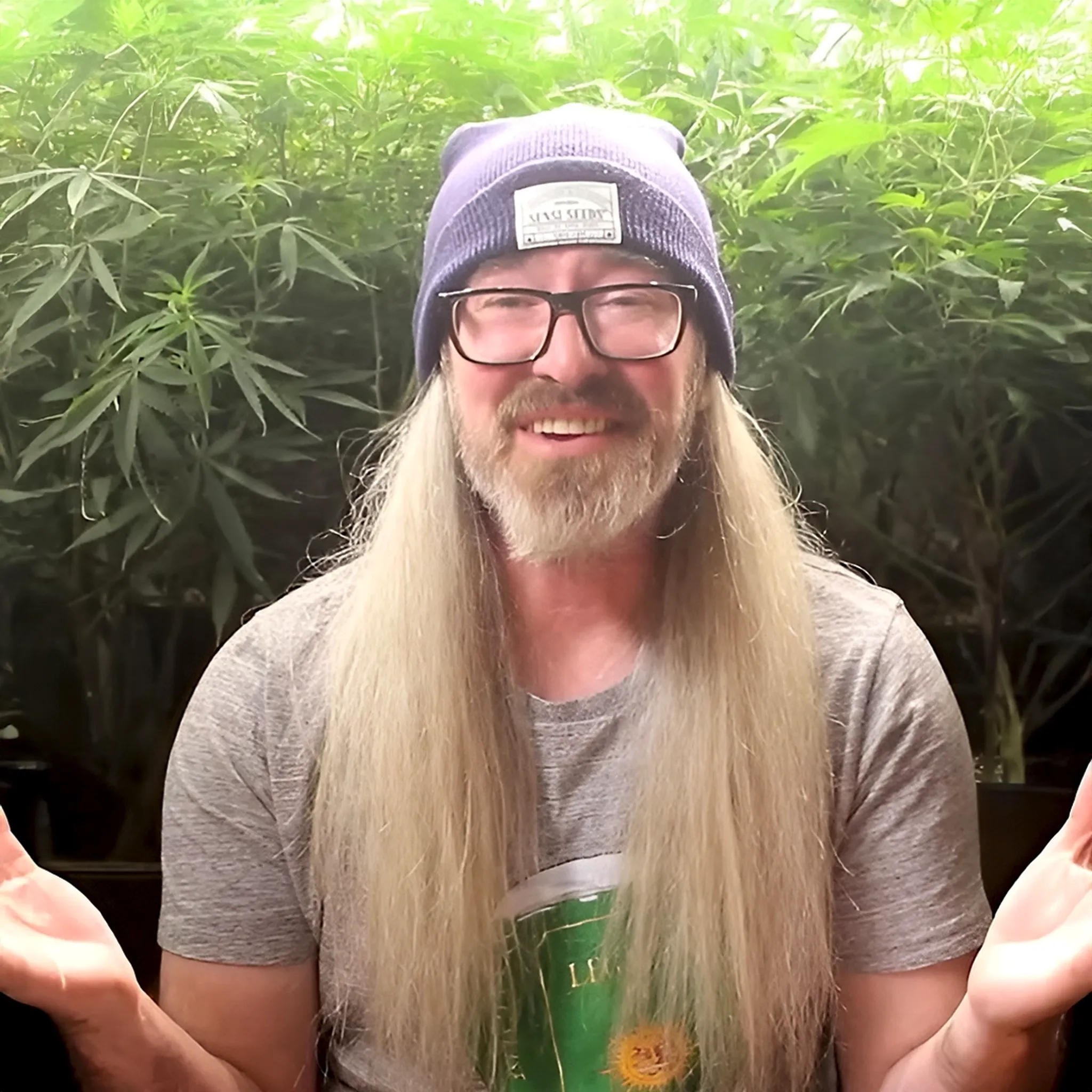
Chad Westport
Chad Westport, a lifelong grower, breeder & cannabis educator, specializes in controlled environment ag with a degree in sustainability.
Continue Reading
You might also find these interesting.



